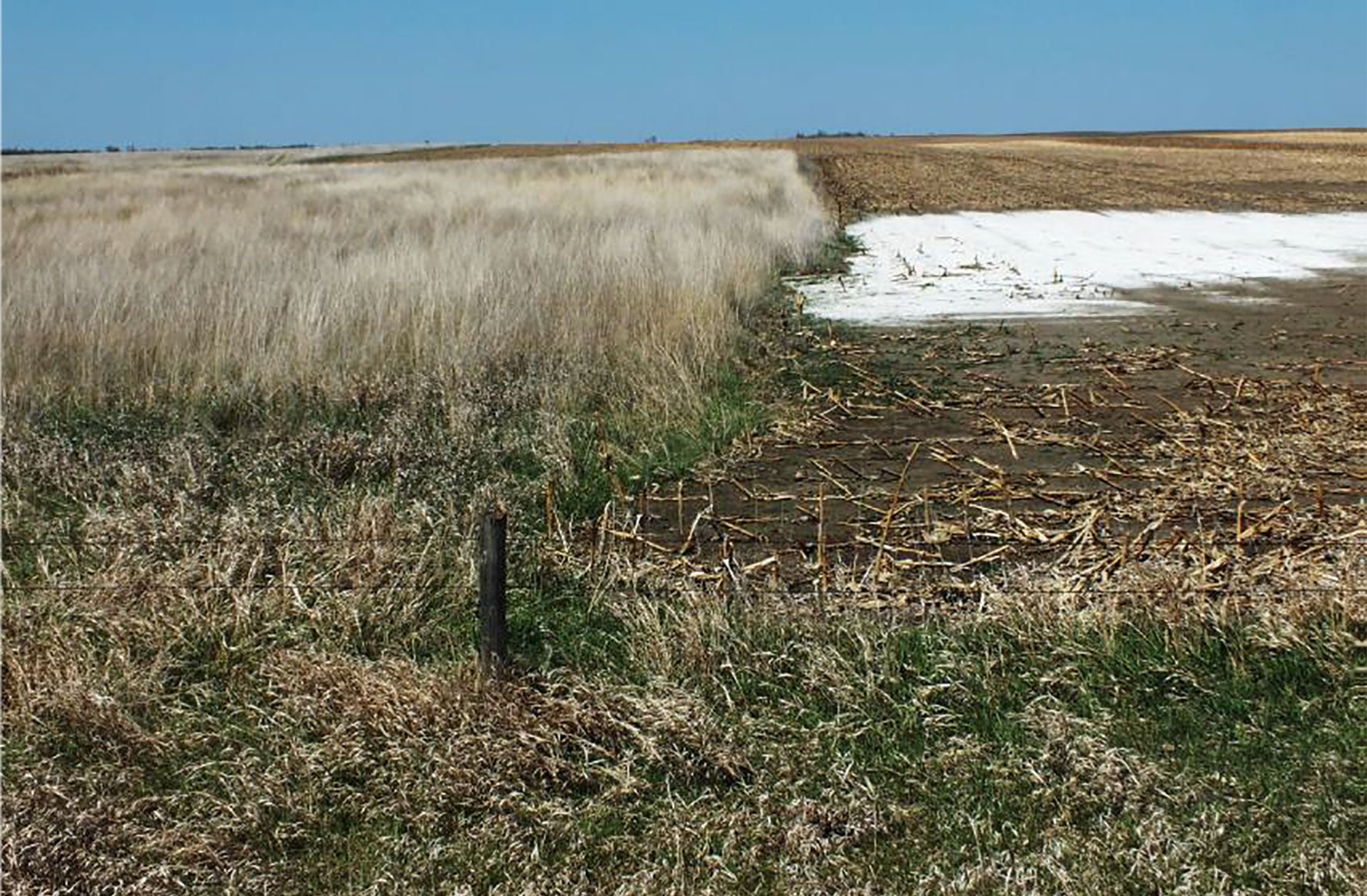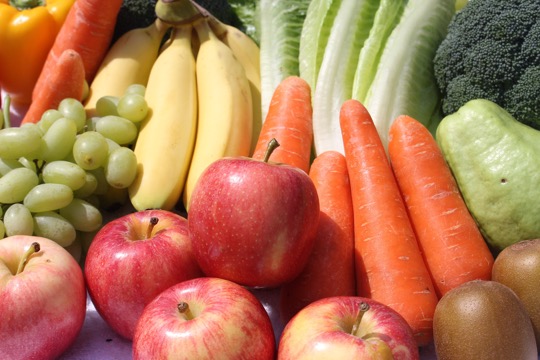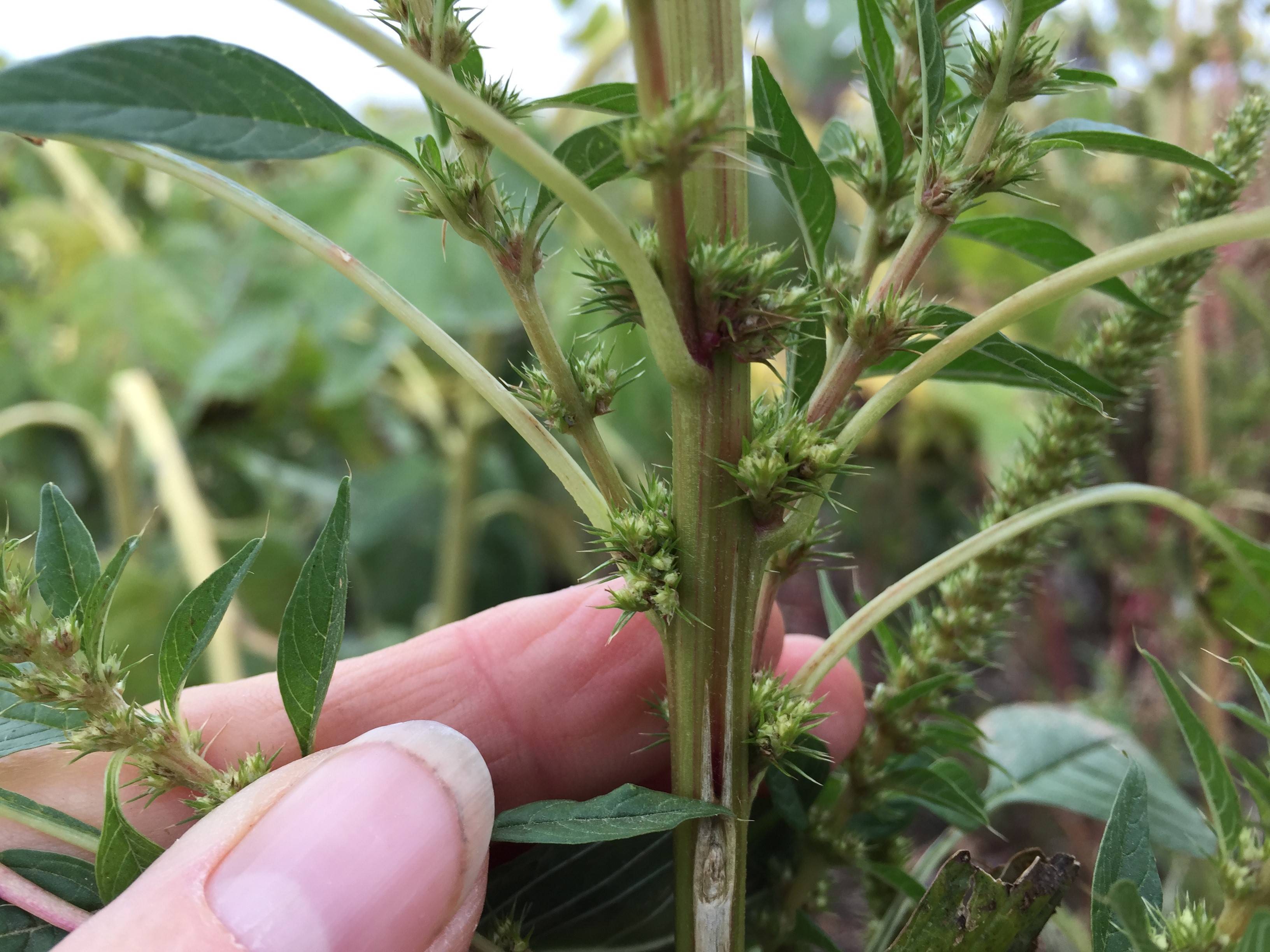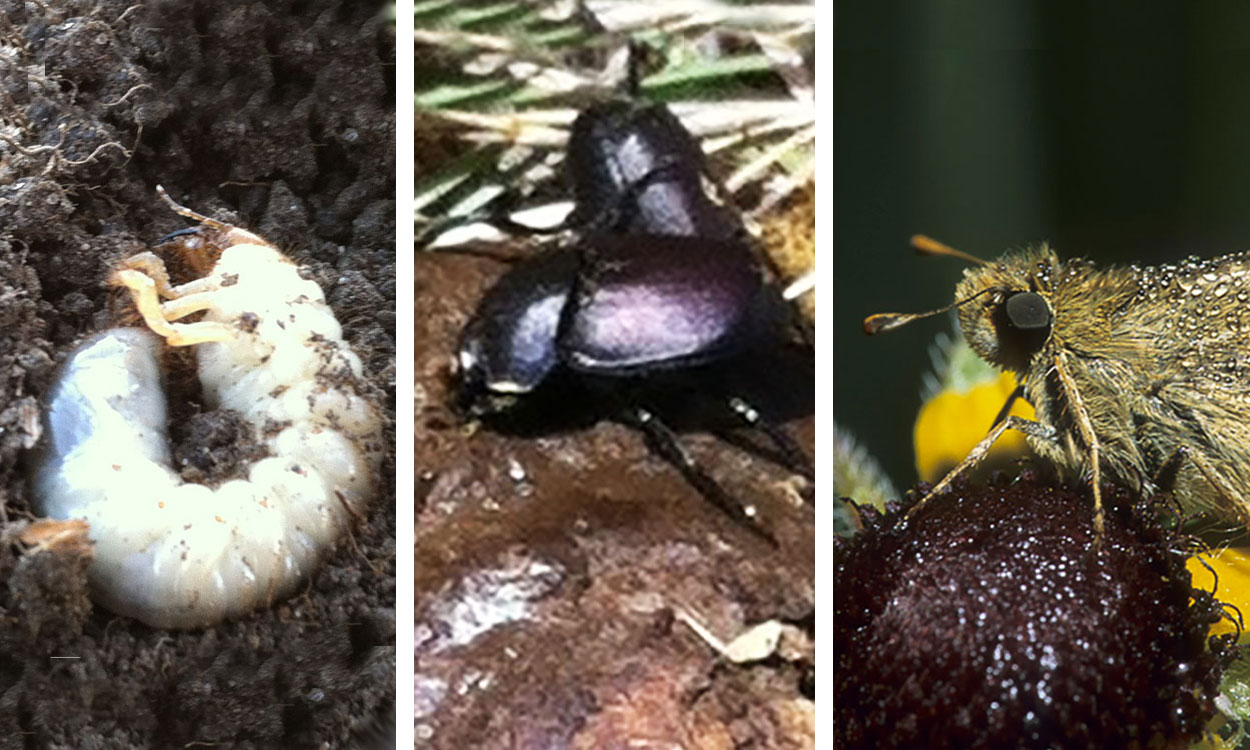Search
Multi-Species Grazing as an Alternative to Pasture Spraying
Broadacre spraying of pastures is intended to reduce undesirable plants and increase grasses for livestock. This practice often results in unintended consequences, including damage and reduction of native forbs and reduced profitability. One approach to managing perceived “weedy” plants is incorporating different species of livestock into a grazing operation.

Managing Weeds While Transforming Marginal Land Into Perennial Forages Production
There are currently millions acres across South Dakota impacted by saline and sodic conditions. Research has shown that salt-tolerant perennial grasses are a possible way to bring land back into production.

Gluten Free Product Claim Guidance
While “gluten-free” is a voluntary claim that manufacturers may choose to use in the labeling of their foods, FDA’s gluten-free food labeling rule specifies what the claim actually means on a food label.

Double Up Bucks Program Launches in Grocery Stores across South Dakota and North Dakota
May 28, 2021
The launch of the Double Up Dakota Bucks in grocery stores is the first of its kind in both North and South Dakota.

Weed Control: Noxious Weeds
Noxious Weed Recommendations: Herbicides for pasture, range, and non-crop areas, including roadside and other right-of-way that may be harvested for hay or grazed, are given a priority.

An identification guide to common Dung Beetles of South Dakota
A guide of common dung beetles of South Dakota.
![A herd of cattle gather around a stock pond on a vast, lush grassland. Courtesy: USDA [CC BY 2.0]](/sites/default/files/2019-05/W-00231-00-cattle-grazing-grassland-pasture-range.jpg)
Weed Control: Pasture and Range
There are 24 million acres of native and tame pasture and range as well as 1.4 million acres of grass hayland in South Dakota.

Identification and Management of Palmer Amaranth in South Dakota
Guide for the identification and management of Palmer Amaranth in South Dakota

Rangeland Insects Are Critical Indicators of System Health
Insects, in general, may offer more indication of rangeland health than any other type of organism. They serve as key building blocks that other organisms depend on.

Discussing Food and Agriculture in South Dakota: A Guide for Community Leaders
Food production and farming are issues that operate at the complex pivot point of where ecology and nature meet the marketplace and political systems. The way agriculturalists and communities handle their resources, both individually, and collectively, depends on their collective vision for the future.